Thinking about using epoxy resin on glass for your next DIY or art project? You’re in the right place! Many crafters wonder if epoxy resin will stick to glass and how to get the best results.
This guide will walk you through everything you need to know—from prepping your glass to finishing your piece strong.
Ready to create something amazing? Read on to discover all the tips and tricks for working with epoxy resin on glass!
How Well Does Epoxy Resin Stick to Glass?
Epoxy resin naturally has strong adhesive properties, which means it can bond well to many surfaces—including glass.
The bond, however, depends on a few things:
- The type of glass you use
- How clean and smooth the glass is
- The way you prepare the surface
If you just pour epoxy resin onto a slick, unprepared glass surface, the bond might be weak. But with the right prep, epoxy resin can stick to glass securely and stay put for years.
What Glass Surfaces Work Best with Epoxy Resin?
Not all glass is the same! Here’s what you need to know:
✅ Plain glass (like picture frames or windows) is the most common and works well for most projects.
✅ Tempered glass is stronger and can handle heat, but it’s often smoother, so prepping the surface is extra important.
✅ Frosted or etched glass gives the resin more to grip onto, making it easier for the epoxy to stick.
✅ Stained glass can also work, but make sure it’s clean and free from any wax or oily residue.
For best results, use plain or lightly frosted glass. Avoid glass with coatings or treatments that could stop the resin from bonding.
How to Prepare Glass for Epoxy Resin
Getting your glass ready is the most important step! Here’s how to do it:
- Clean the glass thoroughly: Use soap and water to remove dirt, grease, or fingerprints. Wipe it down with rubbing alcohol to get rid of any oils. Let it dry completely.
- Roughen the surface: Epoxy resin sticks better to textured surfaces. Lightly sand the glass with fine-grit sandpaper (220 grit works well) or use a glass etching cream. This helps the resin grip instead of sliding off.
- Optional: use a primer: For extra-strong adhesion, apply a primer or adhesion promoter made for glass. Let it dry before adding resin.
- Set up your workspace: Make sure your glass is level and protected from dust. Prop it up so resin drips don’t pool underneath.
💡 Tip: Always wear gloves when handling glass and resin!
Step-by-Step: Applying Epoxy Resin to Glass
Ready to start your project? Here’s a simple guide:
-
Mix Your Epoxy Resin
Follow the instructions on your resin kit. Mix equal parts resin and hardener in a clean cup. Stir slowly to avoid bubbles.
-
Pour or Spread the Resin
Pour the mixed resin onto your prepared glass. Use a stick or brush to spread it evenly. For curved glass (like wine glasses), rotate slowly to keep the resin from running off.
-
Level and Remove Bubbles
Use a heat gun or a small torch to pop any bubbles on the surface. Let the resin self-level for a smooth finish.
-
Let It Cure
Leave your piece in a dust-free area to cure, usually 24-48 hours. Don’t touch it until it’s fully hardened!
📌Want to dive deeper into resin basics? Don’t forget to check out our Epoxy Resin for Beginners Guide for more tips and tricks!
How Strong Is the Bond? Durability and Longevity
When epoxy resin is applied correctly, it forms a tough, glass-like coating that can handle daily use. It’s waterproof, heat-resistant, and can handle gentle washing.
However, if the glass wasn’t cleaned or sanded before, the resin might peel or chip over time.
For items like coasters or trays, the bond is usually strong enough for regular use. For glassware you’ll wash often, hand wash gently and avoid soaking to keep the resin looking its best.
Common Problems and How to Fix Them
- Resin Peeling Off: This usually means the glass wasn’t sanded or cleaned well enough. For next time, roughen the surface more and clean it thoroughly.
- Bubbles in the Resin: Mix slowly and use a heat gun or torch to pop bubbles right after pouring.
- Cloudy or Sticky Finish: This can happen if the resin wasn’t mixed properly or if too much moisture is present. Always follow mixing instructions and keep your workspace dry.
What Materials Won’t Epoxy Resin Stick To?
Epoxy resin is sticky, but it won’t bond to everything. Here’s what to avoid:
✅ Plastic (like polyethylene or polypropylene): Resin beads up and won’t cure onto these.
✅ Silicone: Perfect for molds because resin peels right off.
✅ Wax, grease, or oily surfaces: Resin can’t bond through residue.
✅ Teflon or non-stick coatings: Resin slides off and won’t cure in place.
When in doubt, test a small area first!
Tips to Make Epoxy Resin Stick Better to Glass
💡 Sand or etch the glass for more grip.
💡 Clean with rubbing alcohol just before pouring.
💡 Don’t touch the glass with bare hands after cleaning—skin oils can mess up the bond.
💡 Use an adhesion promoter if you want a super-strong bond.
📌Want to find the perfect resin for your next project? Browse our Best Epoxy Resin Collection to get started!
Creative Project Ideas Using Epoxy Resin and Glass
Epoxy resin and glass make a beautiful combo! Here are some ideas to try:
✅ Resin-coated coasters: Pour colored resin onto glass tiles for custom drink coasters.
✅ DIY trays: Add resin art to the bottom of a glass tray for a unique centerpiece.
✅ Wine glass art: Coat the stems or bases with colored resin for a fun, personalized touch.
✅ Window art: Create faux stained glass with tinted resin.
📌Need help planning your next project? Don’t forget to use our Epoxy Resin Calculator to get the right amount every time!
Conclusion
So, will epoxy resin stick to glass? Absolutely! If you prep your glass correctly and use the right techniques, you’ll get a strong, long-lasting bond. Clean, sand, and pour carefully, and your projects will look amazing for years to come.
Epoxy resin opens up a world of creative projects with glass. Whether you’re making art, gifts, or repairs, a little prep goes a long way.
📌Ready to get started? Check out our Best Epoxy Resin Guide for expert picks and more inspiration!
Frequently Asked Questions
Will epoxy adhere to glass?
Yes, epoxy resin will adhere to glass if the surface is properly cleaned and lightly sanded or etched. Prepping the glass helps the resin grip and form a strong bond. Skipping prep can lead to peeling or weak spots.
What material does epoxy resin not stick to?
Epoxy resin does not stick well to plastics like polyethylene or polypropylene, silicone, waxy or oily surfaces, and non-stick coatings. These materials are often used for molds because resin peels right off.
How to get resin to stick to glass?
To get resin to stick to glass, clean the glass with soap and water, then wipe with rubbing alcohol. Lightly sand or etch the surface to give the resin something to grip. Pour the resin soon after prepping for best results.
How well does resin stick to glass?
Resin sticks very well to glass when the surface is clean and roughened up a bit. The bond is strong enough for most crafts and art projects. For items that get lots of use, extra prep or an adhesion promoter can help the resin last even longer.
Related articles:
Best Clear Epoxy Resin For Crafts: A Crystal Clear Result
Epoxy Resin vs UV Resin: What's the Difference?
Tips for Keeping Glitter Afloat in Your Epoxy Resin Projects!

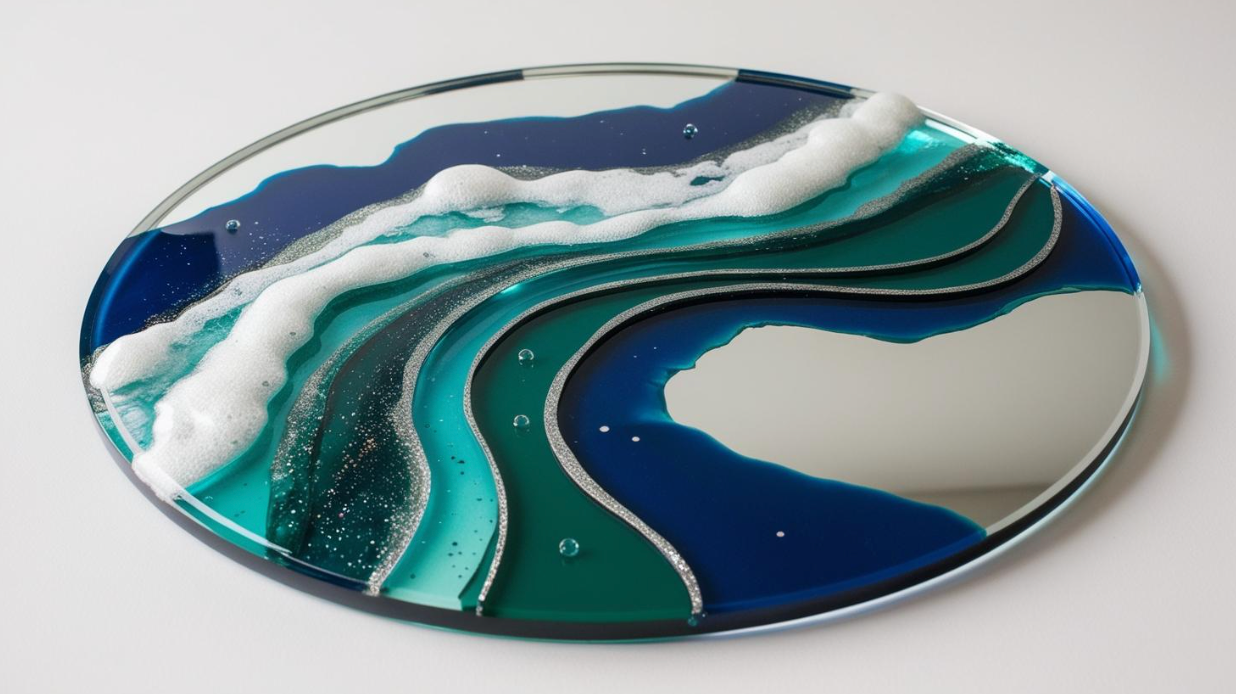
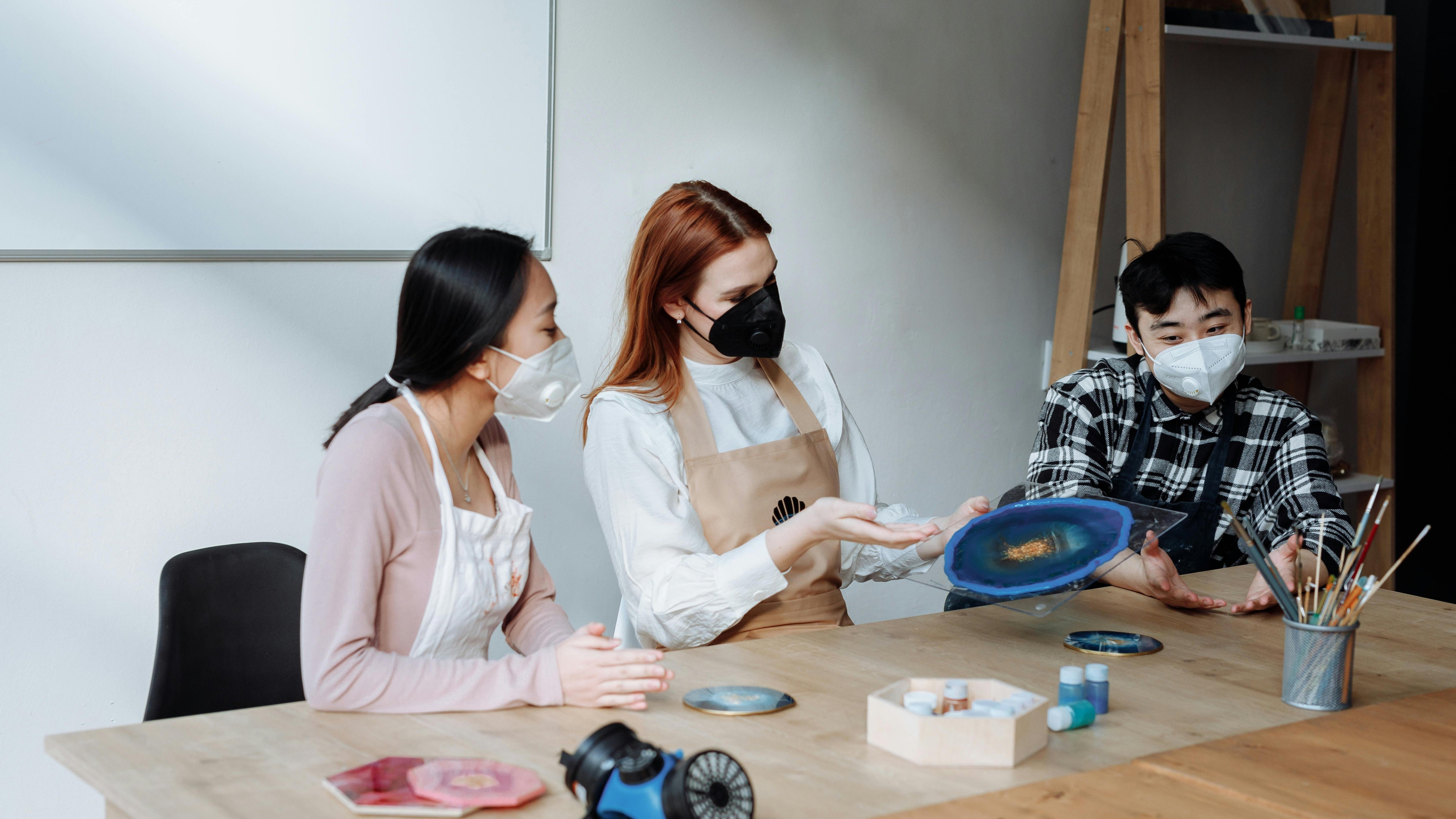
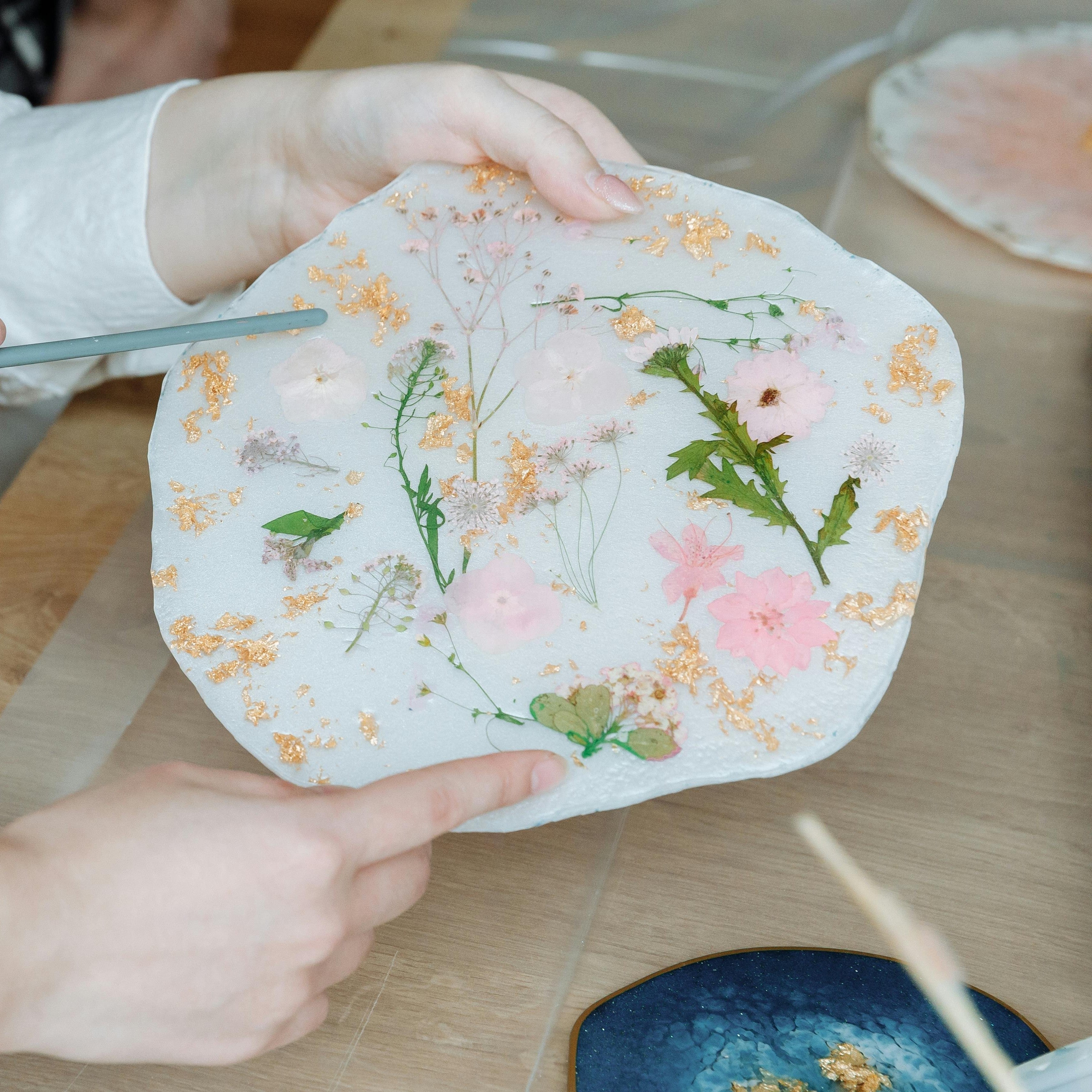
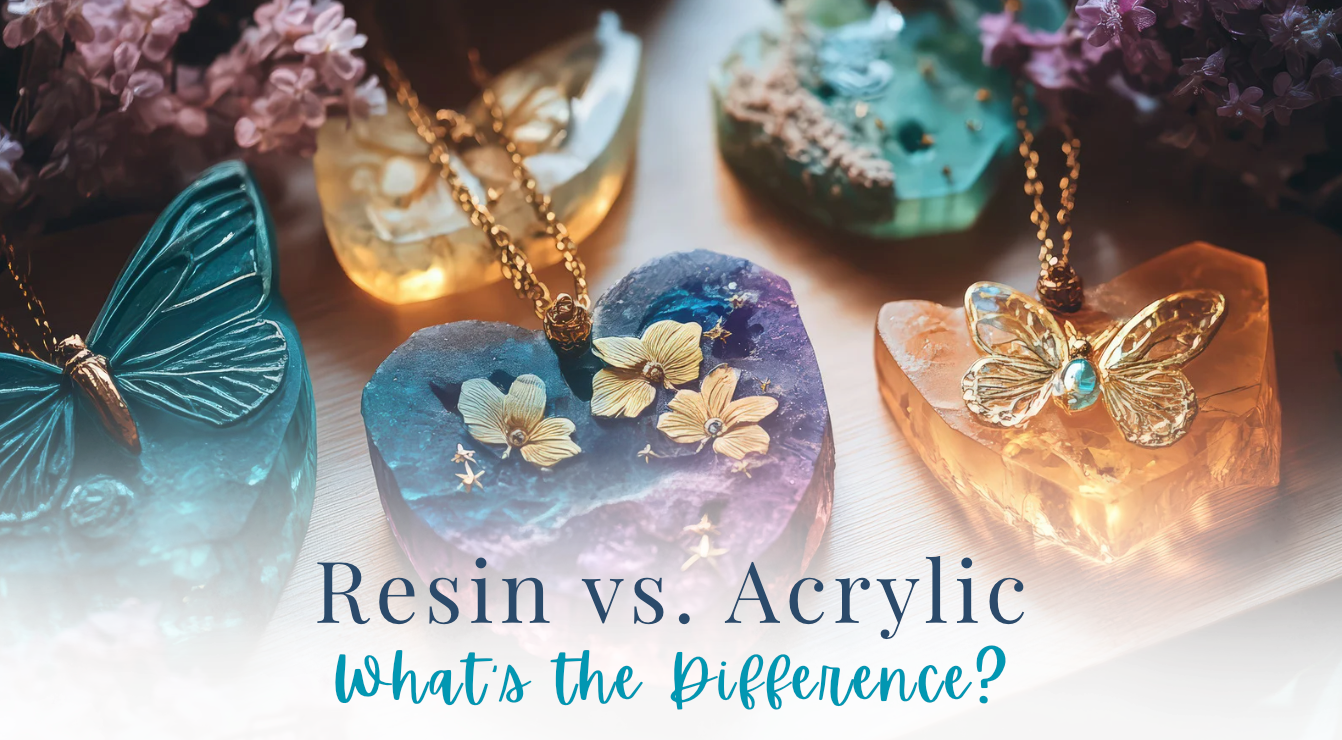
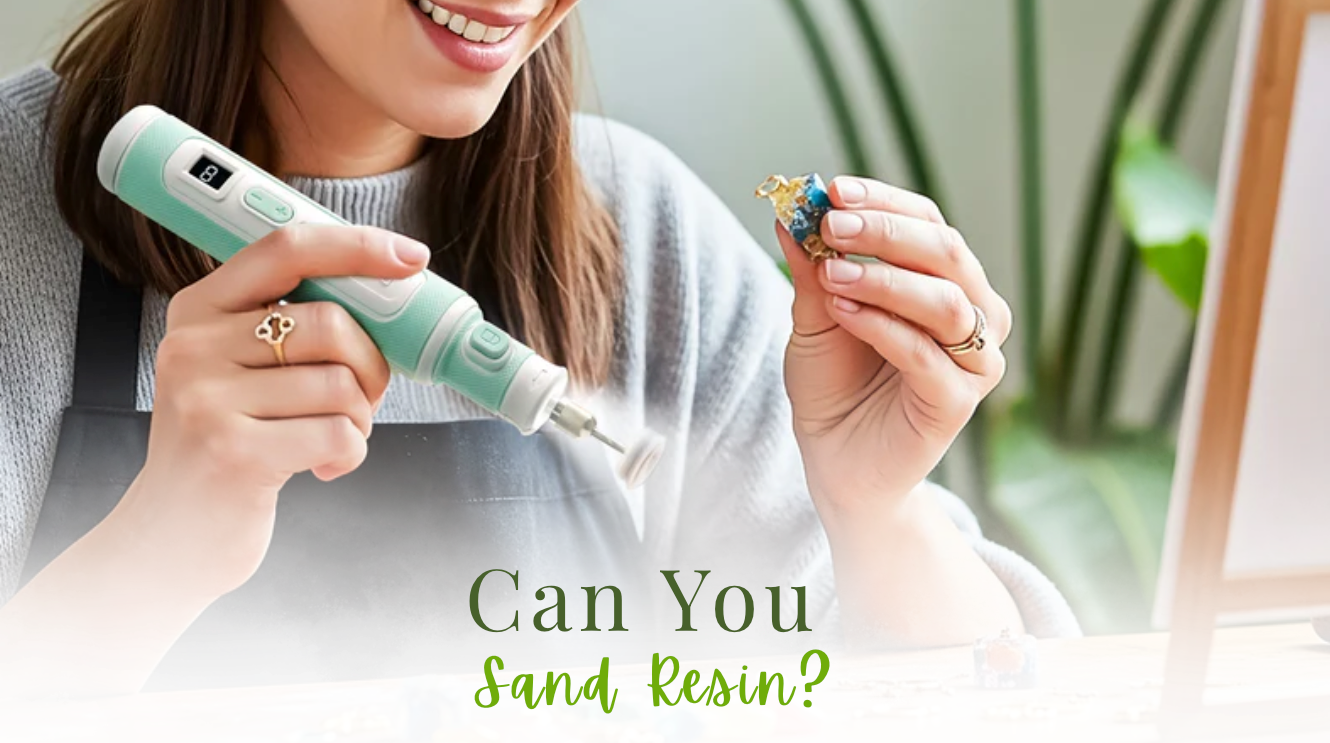
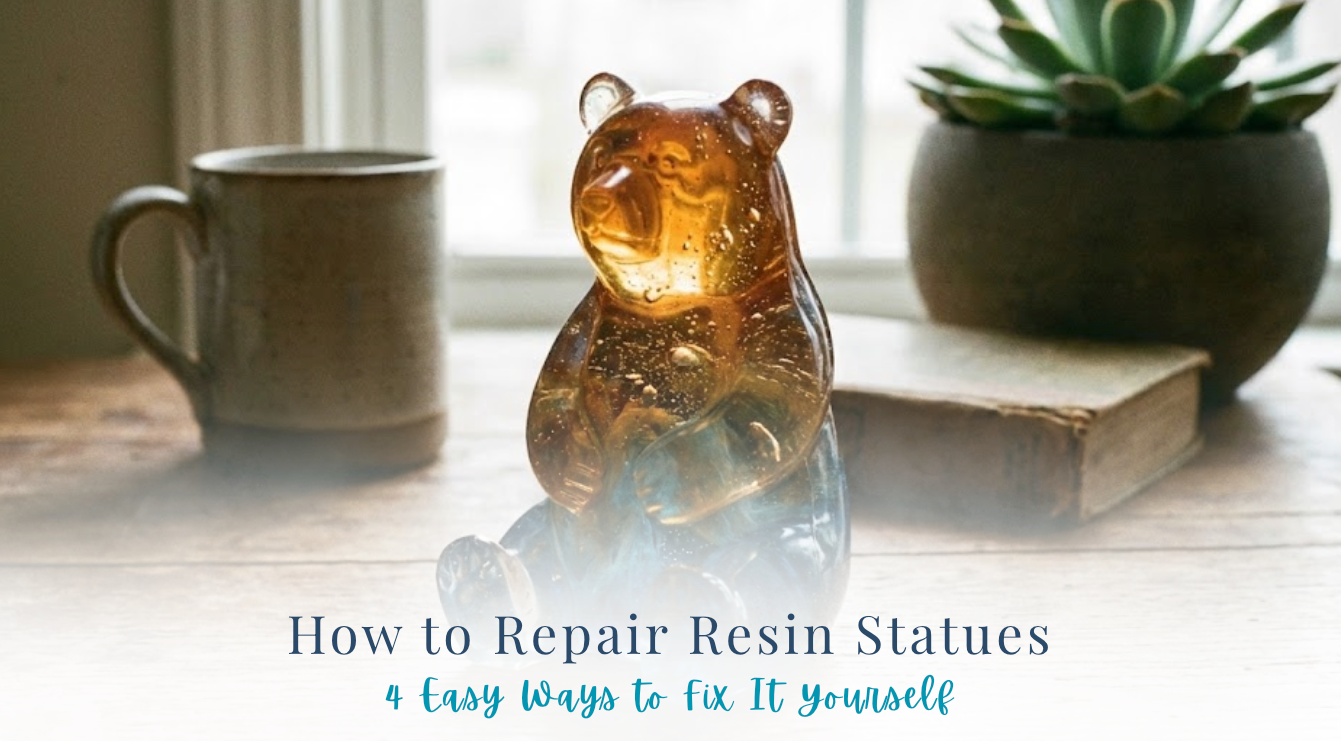

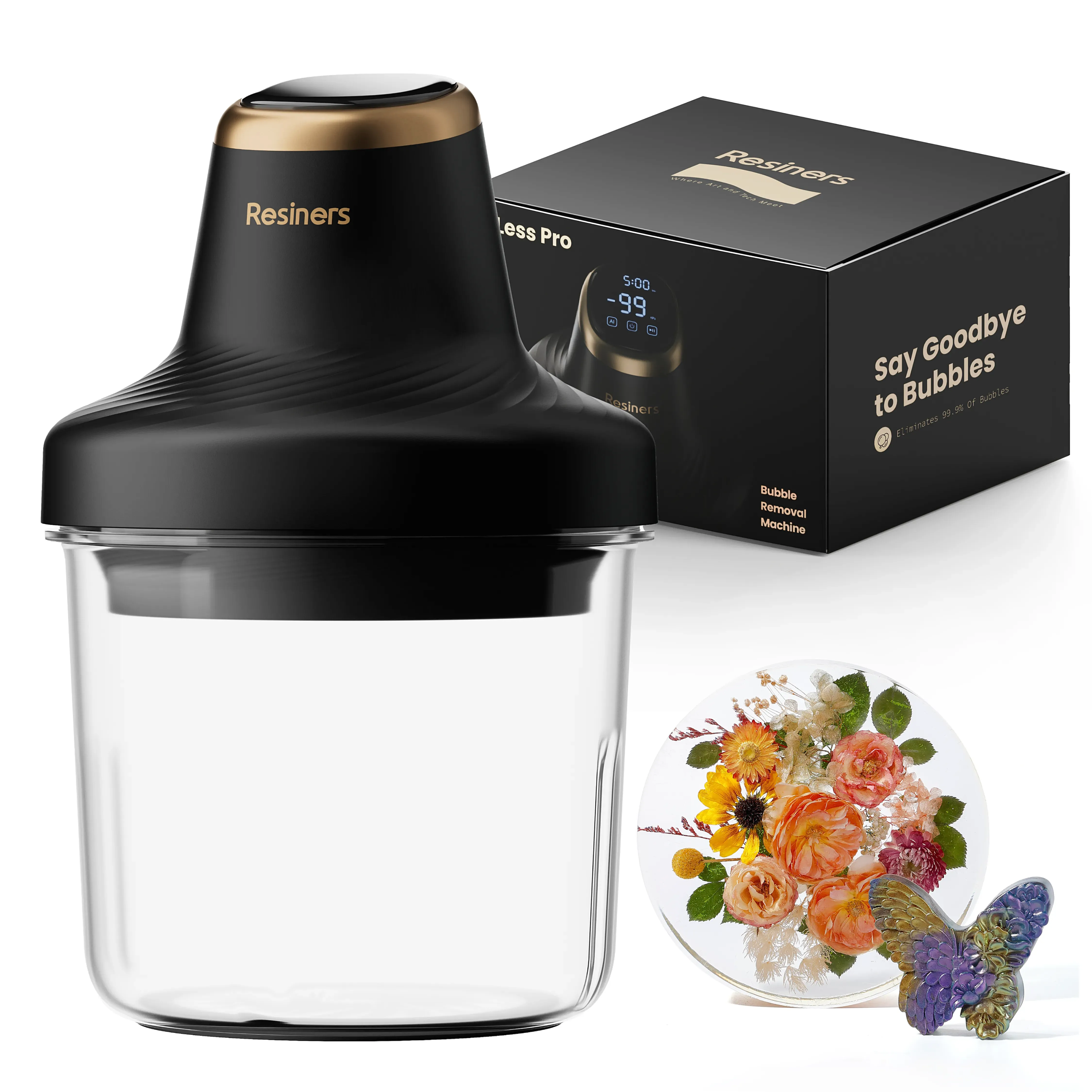
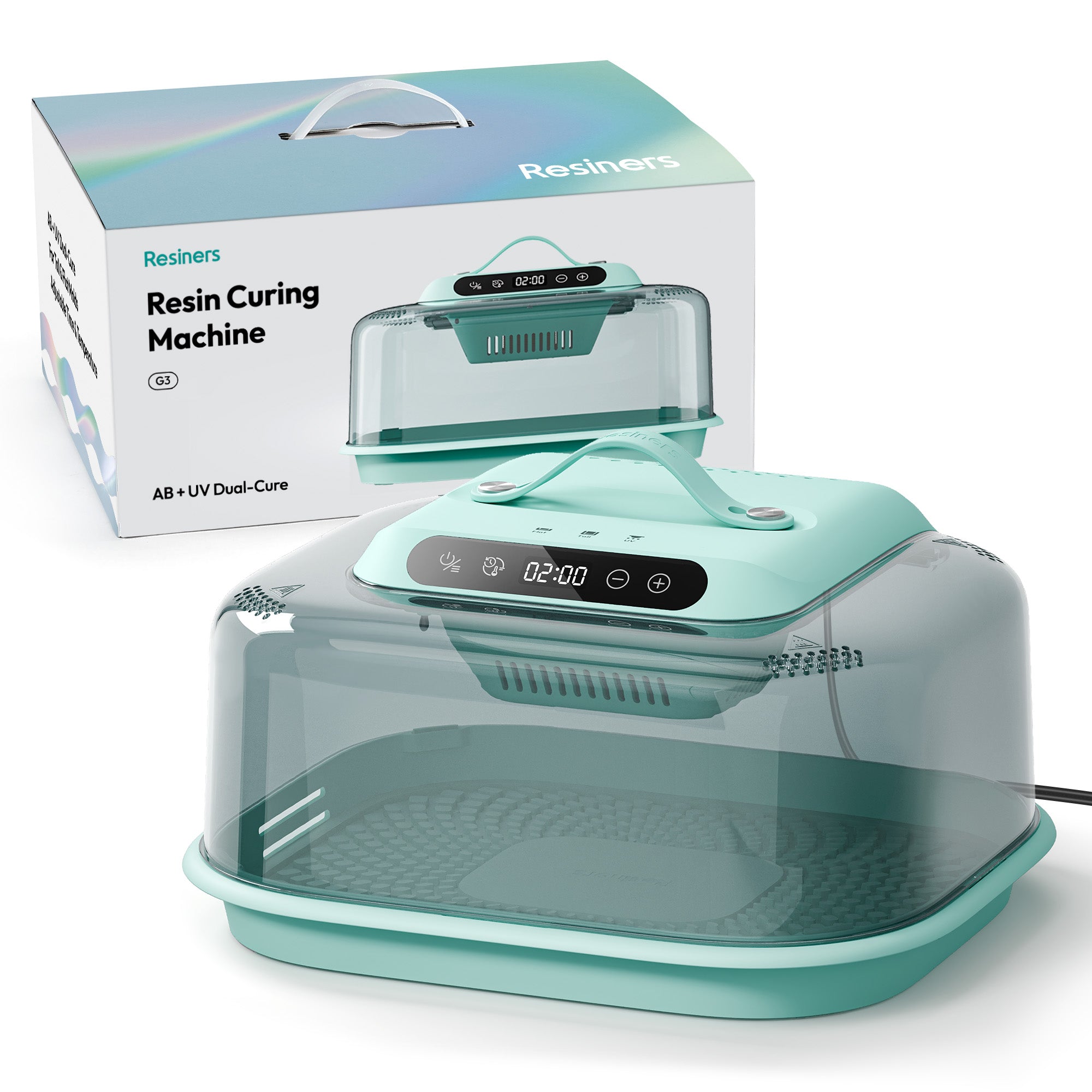
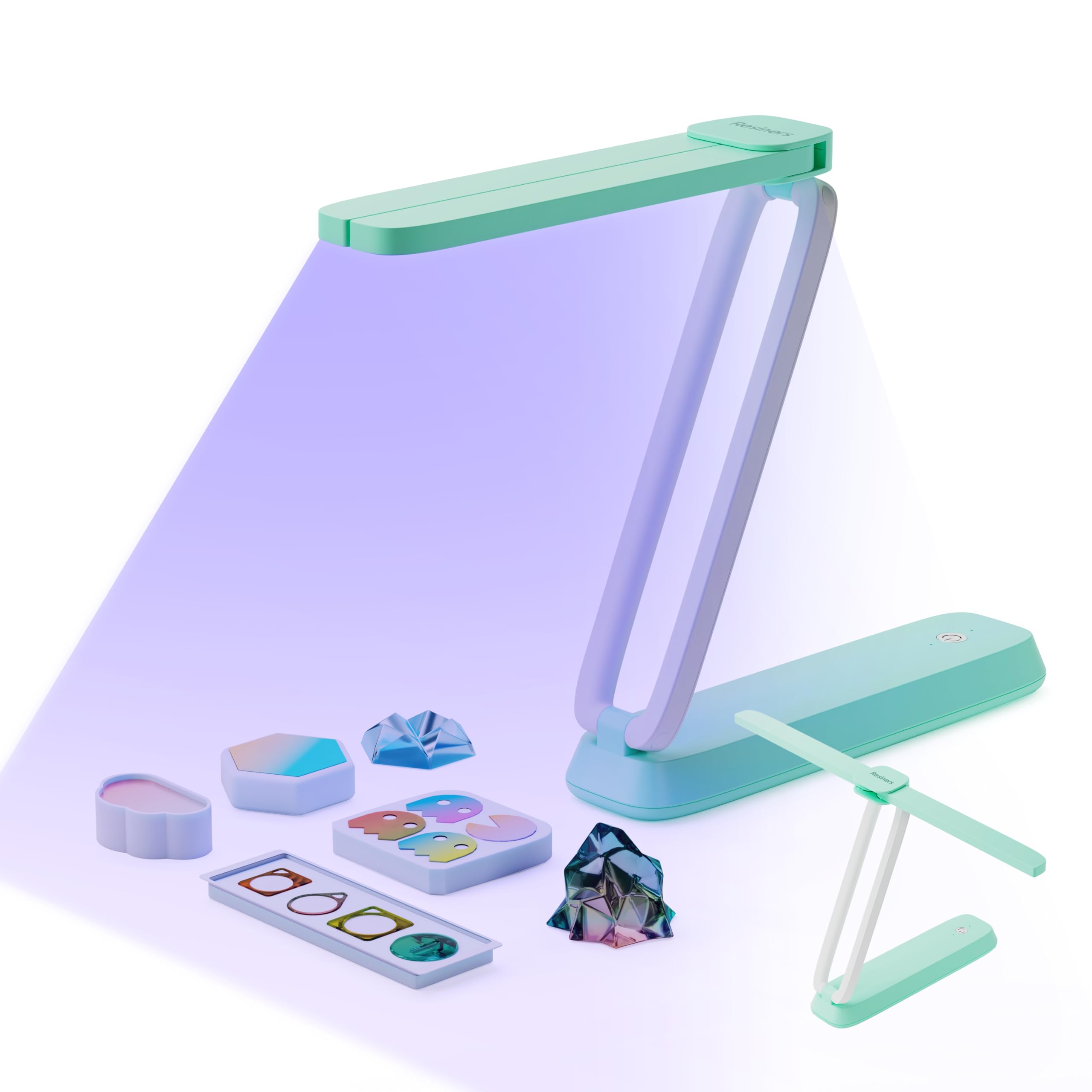
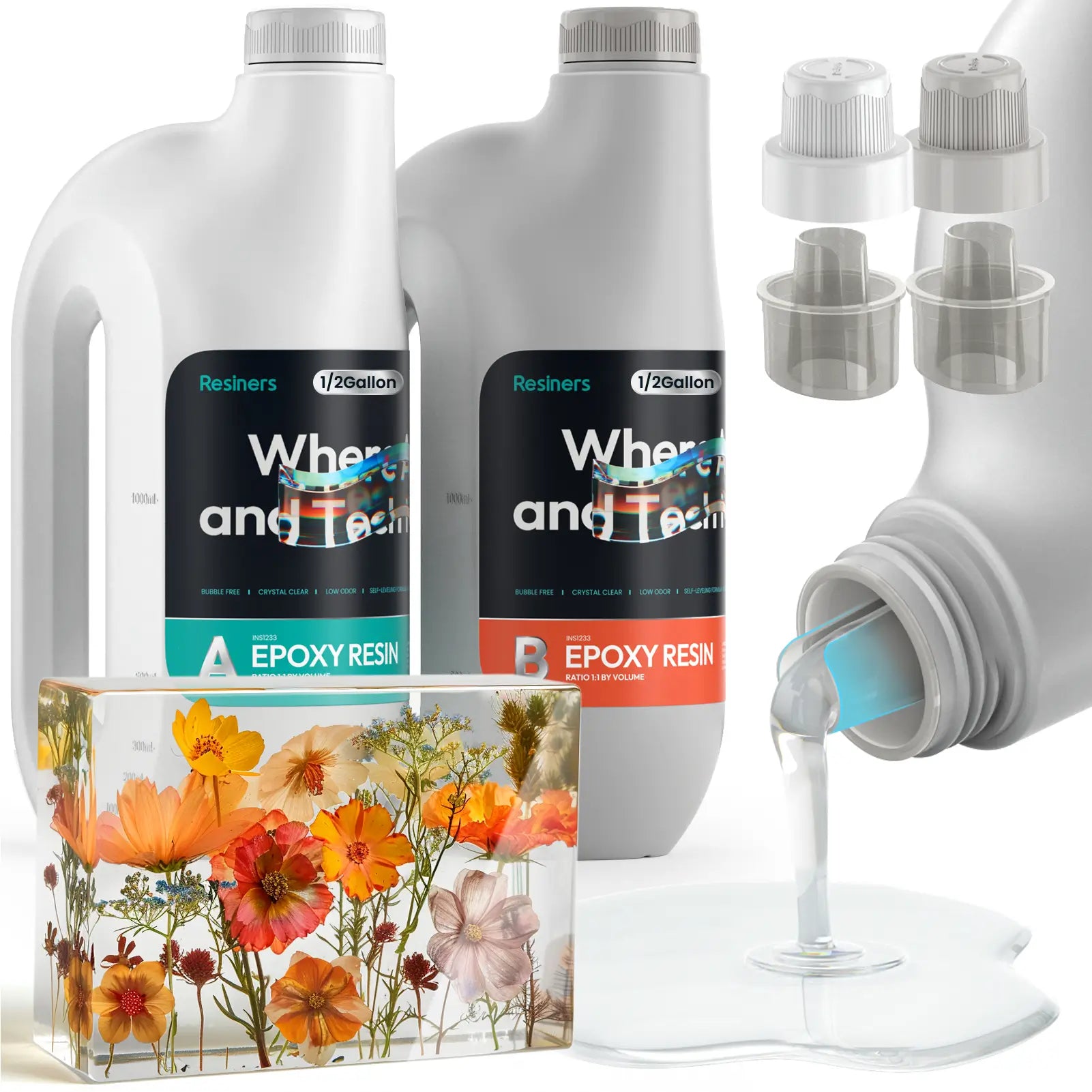
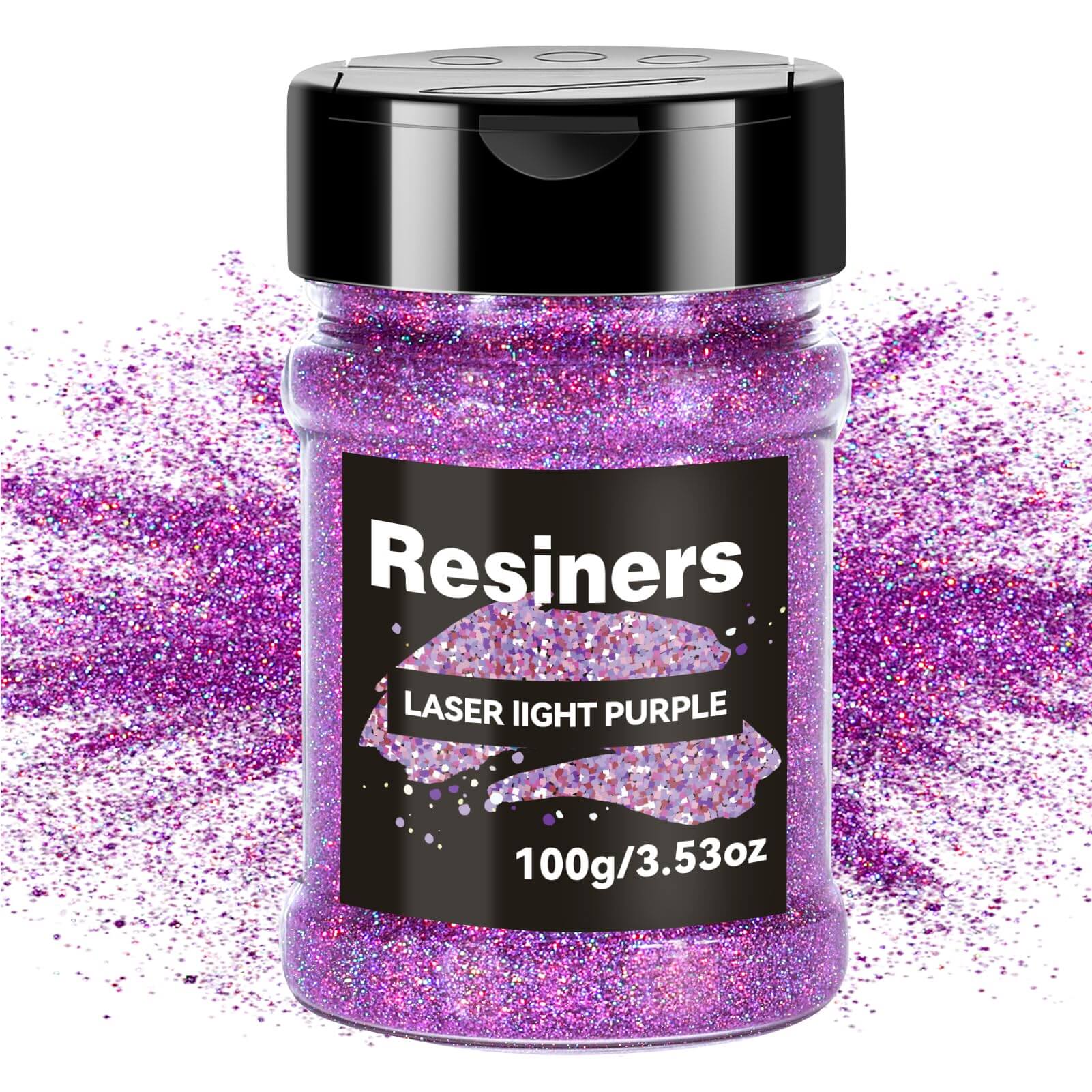
اترك تعليقًا
This site is protected by hCaptcha and the hCaptcha Privacy Policy and Terms of Service apply.